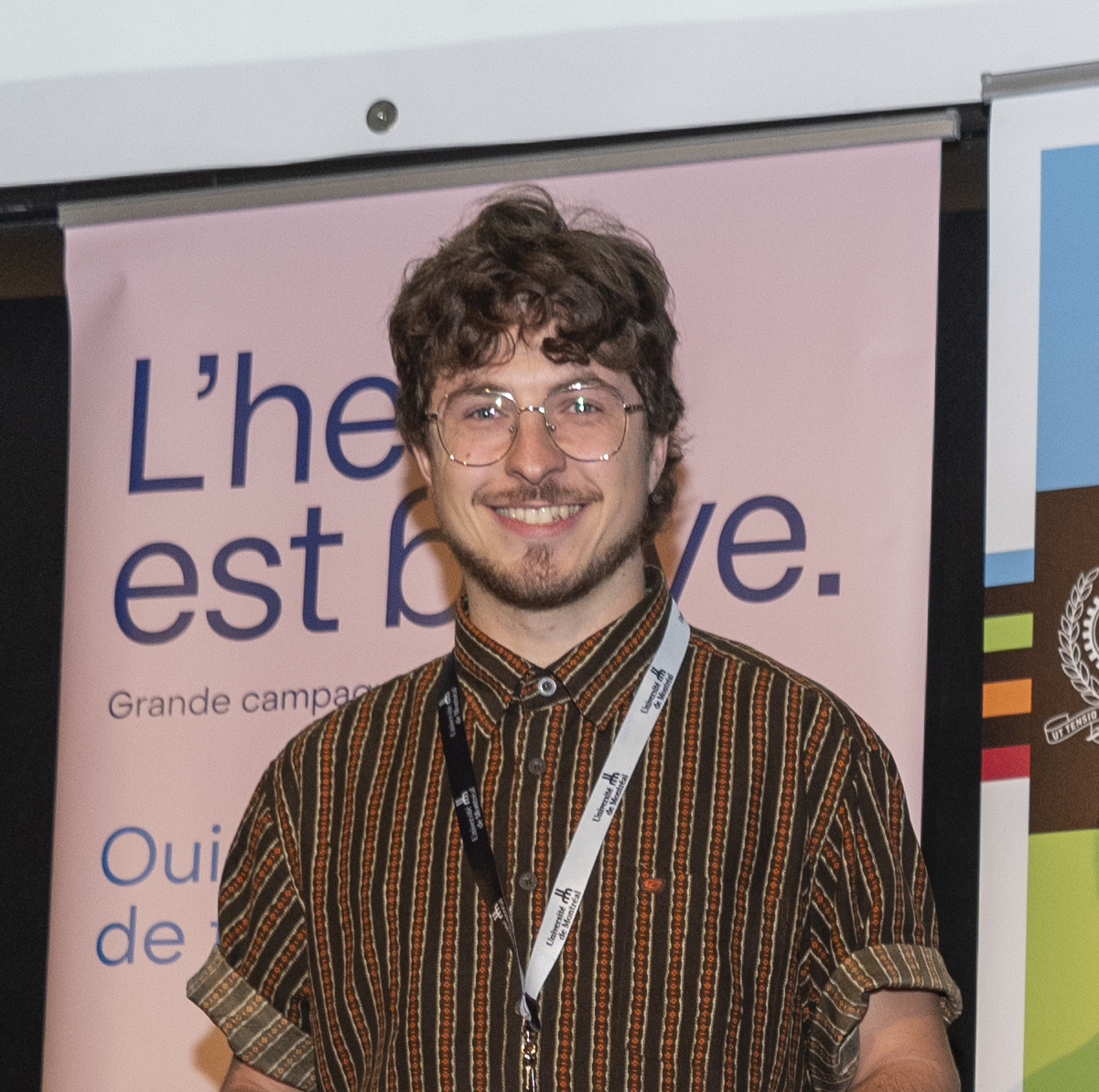About
I’m Gabriel Sasseville, a PhD student at Mila Institute in Montreal, Canada. My research focuses on artificial intelligence and reinforcement learning for symbolic reasoning. I have a strong academic foundation in both computer science and physics, having completed my B.Sc. in Comp Sci/Physics and my Master’s in Astrophysics. During my master’s, I also worked as a research scientist in AI for Environment and Climate Change Canada, working on developing an LSTM-based hydrology forecasting model.
Driven by a passion for discovery and interdisciplinary research, I aim to contribute to the frontier of AI applications in science and societal challenges. I am mainly interested in leveraging large language models’ reasoning capabilities for real-world scientific discovery. In addition to my research, I enjoy collaborating on innovative projects and sharing insights through publications and public engagement.
Current Research Project
My PhD research explores the intersection of symbolic regression, large language models (LLMs), and reinforcement learning for scientific discovery. I focus on developing LLM-based systems capable of reasoning about mathematical structures and generating interpretable analytical equations directly from data. By fine-tuning language models for symbolic reasoning and integrating reinforcement learning feedback loops, my work aims to build autonomous frameworks that can discover, verify, and refine scientific laws, bridging human-like reasoning with data-driven modeling.
Research Interests
- Application-Driven Machine Learning: Focusing on application-driven AI research to tackle complex challenges in various fields.
- Reinforcement Learning: Exploring applications of reinforcement learning in scientific problem-solving and discovery.
- LLM Reasoning: Taking advantage of LLM reasoning capabilities to learn robust policies.
- Time Series Forecasting: Developing and enhancing models, such as transformers, for asynchronous and irregularly sampled time series data.
- Climate Change: Improving AI predictive models for climate change/environmental sciences.
